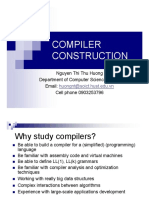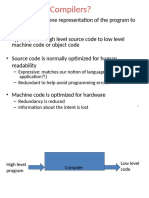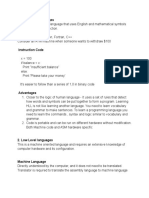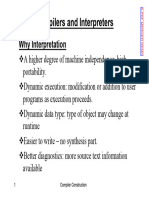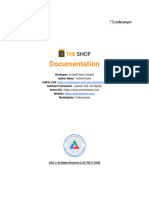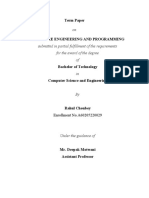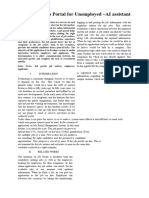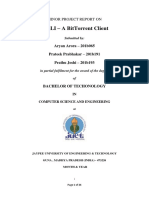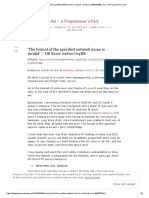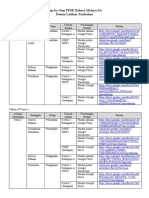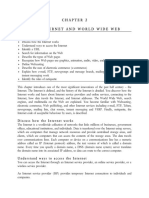0% found this document useful (0 votes)
40 views16 pagesLecture 01
This document discusses an introduction to compiler construction. It explains why someone would take a compiler construction course, covering understanding compilers and languages, a balance of theory and practice, and programming experience. It also defines what compilers are, provides examples, and discusses typical compilation from high-level source code to low-level machine code.
Uploaded by
Hammad RajputCopyright
© © All Rights Reserved
We take content rights seriously. If you suspect this is your content, claim it here.
Available Formats
Download as PDF, TXT or read online on Scribd
0% found this document useful (0 votes)
40 views16 pagesLecture 01
This document discusses an introduction to compiler construction. It explains why someone would take a compiler construction course, covering understanding compilers and languages, a balance of theory and practice, and programming experience. It also defines what compilers are, provides examples, and discusses typical compilation from high-level source code to low-level machine code.
Uploaded by
Hammad RajputCopyright
© © All Rights Reserved
We take content rights seriously. If you suspect this is your content, claim it here.
Available Formats
Download as PDF, TXT or read online on Scribd
/ 16





